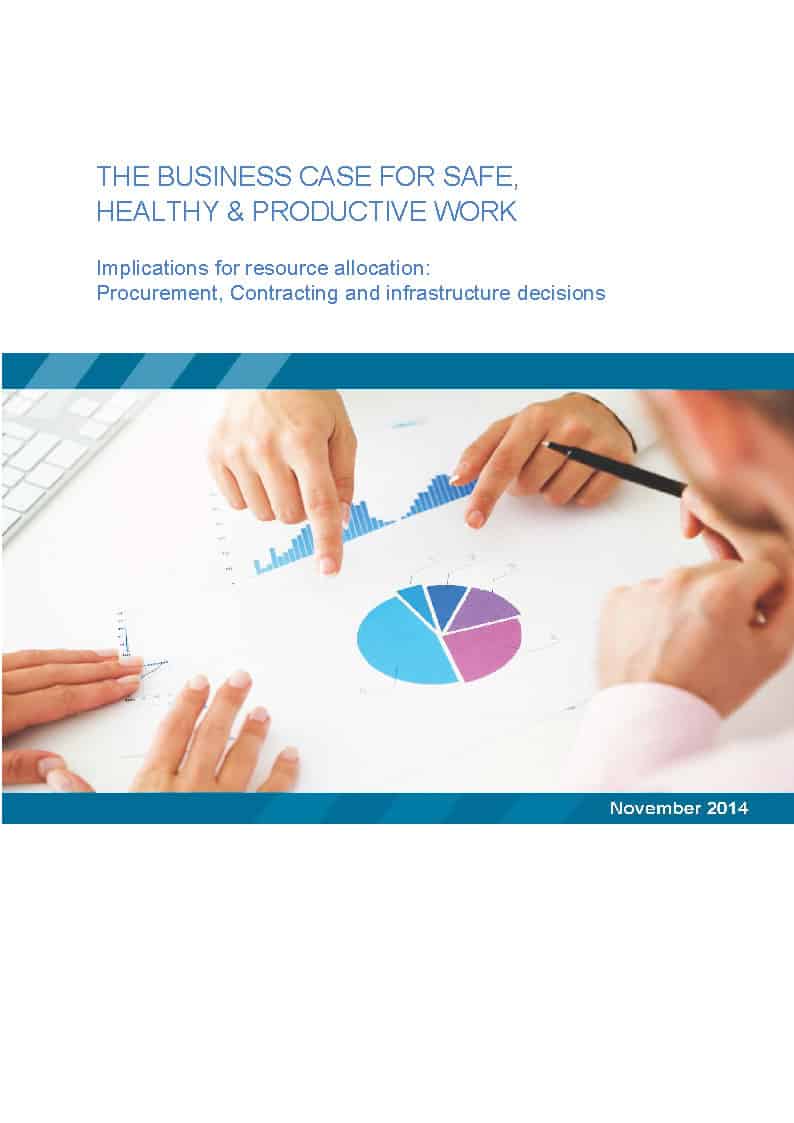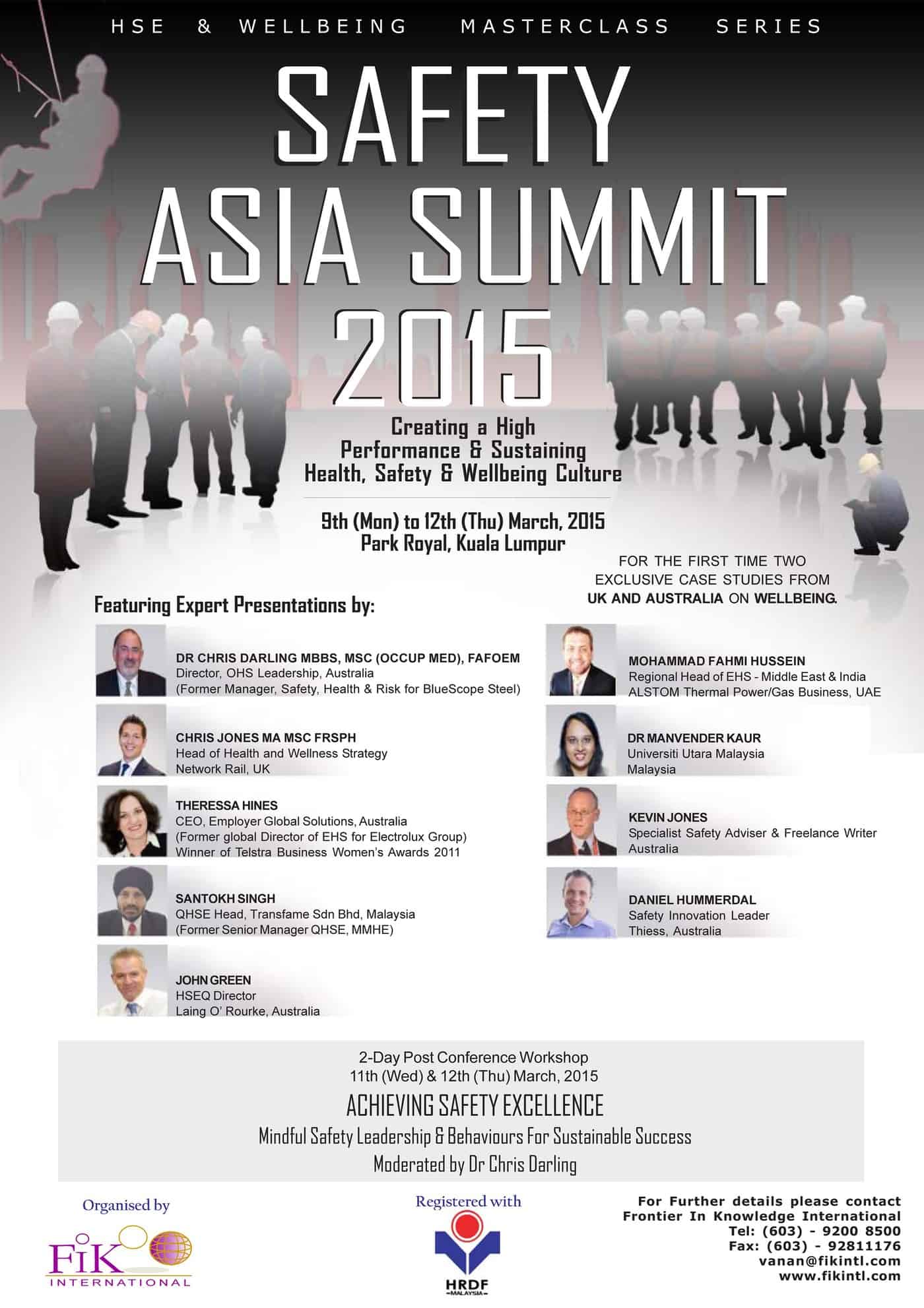In 2012, SafetyAtWorkBlog reviewed the first edition of the Australian Master Work Health and Safety Guide. CCH Wolters Kluwer has released its second edition and, sadly, it repeats many of the criticisms in the 2012 review.
 The title of Australian Master Work Health and Safety Guide (2nd ed) seems inaccurate if one considers a book with “master ” in its title to be a “masterwork”. This is not a masterwork and the publishers have emphasised to SafetyAtWorkBlog that the book was never intended to be. The book is intended to be a brief outline of the most important contemporary occupational health and safety (OHS) issues in Australia and to provide practical advice, checklists and templates. In fact, the word that should be focussed on in the title is “guide”.
The title of Australian Master Work Health and Safety Guide (2nd ed) seems inaccurate if one considers a book with “master ” in its title to be a “masterwork”. This is not a masterwork and the publishers have emphasised to SafetyAtWorkBlog that the book was never intended to be. The book is intended to be a brief outline of the most important contemporary occupational health and safety (OHS) issues in Australia and to provide practical advice, checklists and templates. In fact, the word that should be focussed on in the title is “guide”.
The publishers advised that “master” is in the title to indicate it is part of its “Master Series“, a “brilliant” series described as
“Australia’s premium range of professional books, widely accepted as the leaders in their fields.”
SafetyAtWorkBlog looked at a couple of chapters to assess the quality of the content. As workplace bullying is such a contentious issue. the Bullying and Violence chapter was a focus. There were a surprising number of omissions in this chapter.


 SafetyAtWorkBlog is proud to have been listed as one of
SafetyAtWorkBlog is proud to have been listed as one of 